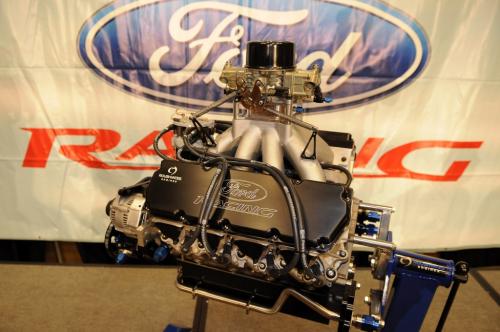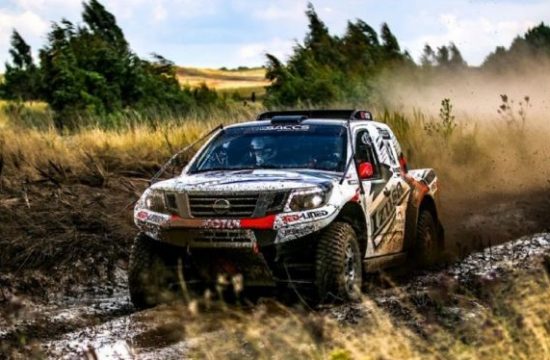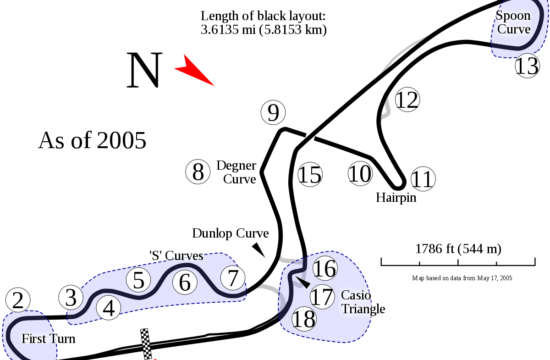
Ford Amercia’s latest contribution to motorsport is this newly developed FR9 NASCAR race engine in partnrship with Roush Yates. It will be featured in this years NASCAR Sprint Cup series and as ford says this is the first NASCAR-purposed engine by the company which has significant improvements over previous Windsor engines. A re-worked cooling system allows NASCAR teams to add more tape to the front of the car to improve downforce. The valve-train has been completely redone allowing for higher and more reliable horsepower. Thirdly, the very structure of the block has been re-engineered making assembly and maintenance easier.
“This is an exciting time for us to say the least, especially with the way our two companies have worked so well together on this project,” Yates said. “I’ve never had the opportunity to work on a NASCAR engine with a clean sheet of paper, but that’s basically what we’ve done and I’ve enjoyed every second. We feel we’ve got a piece that will not only be better than what we’ve got now, but will give us room to grow.
“With the exception of a few cylinder head changes through the years, we’ve had the same engine since 1991 and have been able to squeeze out every ounce of power and speed possible,” he added. “What’s got me so excited is we’ve won races and championships with an engine many consider old, and this new piece is definitely a notch above, so we’ve got a lot to look forward to for years to come.”
Just when FR9 is ready for competition remains to be seen, but a tentative target date is the second-half of the 2009 season.
“The timing on it is really going to be determined by how much you can afford and how competitive the engine proves to be,” team owner Jack Roush said. “The obsolescence of the existing engine, depending on the timing of it and results we’re having, also will include other variable additional costs to the teams. The obsolescence could be of very little cost to the teams or it could be in the millions of dollars for teams.
“So I’m anxious, given the economic circumstances and the competitiveness of the [current] engine. I’m going to have the brakes on its introduction, so that we don’t obsolete a current engine that’s got value in it, that’s got service life left in it. And so we certainly don’t take the risk of trying to do something too soon when we don’t have enough testing done to determine that it’s going to be a solid move without risk.”
Roush Fenway driver David Ragan is eager to embrace the new engine. “As a race car driver, we always want more power. Even if we’ve got the most, we always want just a little bit more,” he said. “Like Jack has mentioned, that engine that we’re running currently right now is the same engine, basically, that they were running in the 1970s and 1980s.
“A lot of new technology has gone into the new engine. It’s not only the horsepower, but there are other advantages — the weight, the water-flow technology, a lot of the construction of the engine that is going to make it easier to work around it, to set up the cars a little different, our aero package. The Ford power is something everybody thinks about, but there are four or five things that go along with that engine that will help the total performance of the car.”
There are three key differences between FR9 and the current engine. First, the cooling system has been re-worked and will allow teams to optimize the amount of tape they can put on the front grille and improve downforce. Second, the valve train has been improved, and, third, the production and assembly of FR9 will be much easier than today’s model.
The FR9 does not retain any of the original production 351 dimensions as the current model.
“Our main priority when we started this project was to get the bones of the engine right. We wanted to make sure we had the proper layout, the right block structure and that the overall skeleton of the engine was correct,” Simon said. “Even though we’ve been working on these engines for decades and know a lot of things about them, there was still a lot we didn’t know. In that case, we went and did some testing to get the answer.”
That data-driven philosophy for designing the engine was crucial for building an engine that would not only be reliable and efficient, but powerful as well.
“It was a completely different mindset and approach to making power,” Simon noted. “We did not finalize any part of the engine until we acquired the data that told us what was going to be our optimum setting or optimum dimension. The key to all of this in the first phase of our development was to produce as much power through the design of the engine as possible and to make sure we had the very best layout, the very best dimension, and the very best combination of dimensions that we could within the framework of the rules.”
A late-season roll out would potentially impact the Chase, and that is something Roush is keeping an eye on.
“All five of mine and hopefully all three of the Yates teams will be running for a championship, trying to get in the Chase,” Roush noted. “And we certainly wouldn’t make any decision that would involve any risk that we were able to anticipate.
“But we may wind up placing it in an ARCA program initially. Certainly some of the short tracks not known to be hard on engines would be an option. I’m certain that we will go tire testing with it at some of the Goodyear tire tests that are coming up. That’s a way to generate a lot of miles.”
Yates echoed those sentiments, noting the new engine would not be rushed into competition. “We don’t feel a need to rush because our current engine is still strong and that gives us the luxury to take our time and make sure we do FR9 right,” he said. “I know we’ve got a winner here, and I can’t wait to see it on the track.”
via : webridestv








